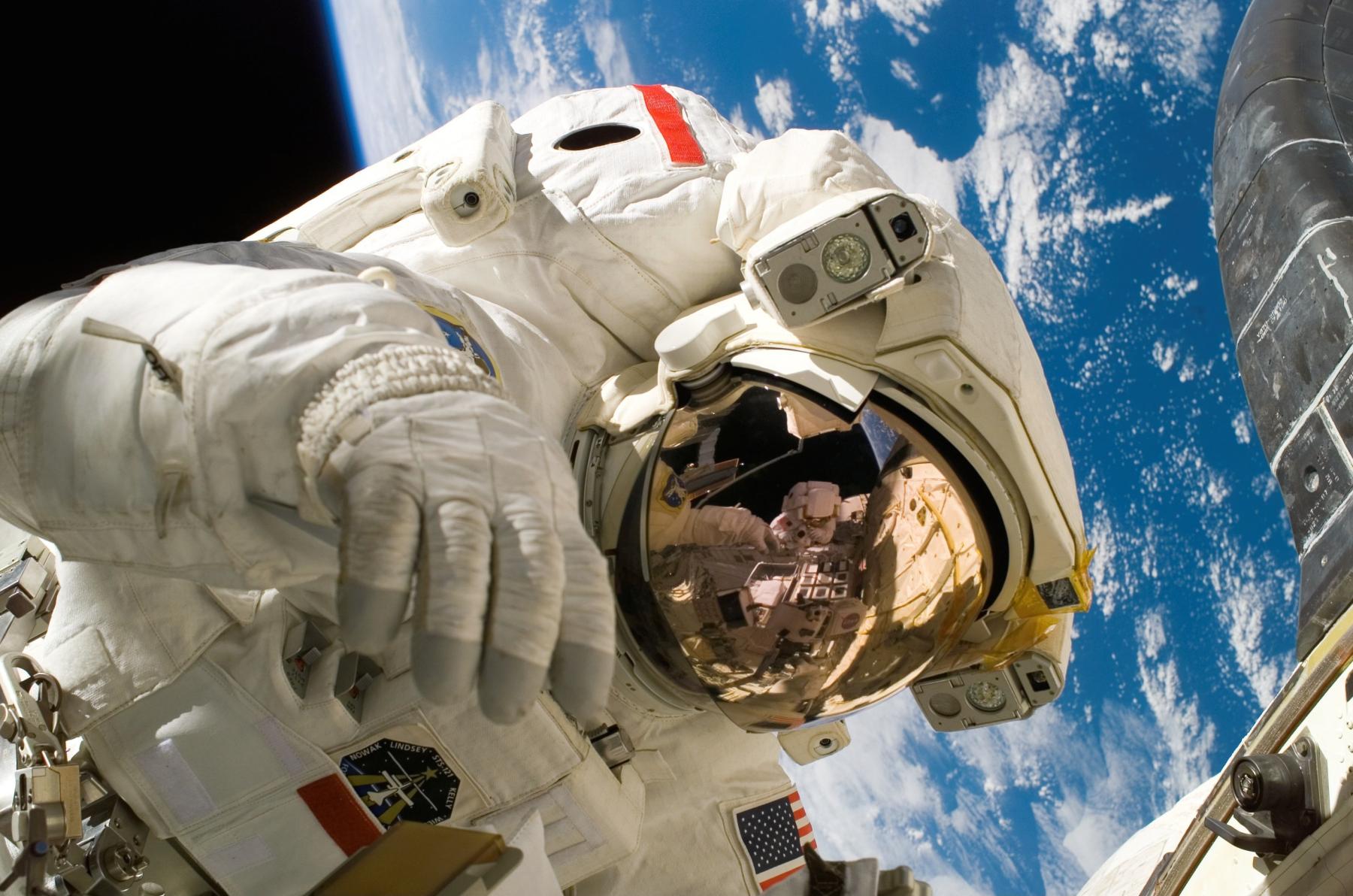
Earth’s Gravity and How it Affects Objects of Different Masses
In this lesson, students will test Earth's gravity and how gravity affects objects of different masses. Students will see that mass does not have an effect but instead air resistance is what causes objects to fall at different rates. Students will use one bolt and one nut and drop it at least 1.75 meters high, students will then drop one bolt and two nuts, and continue this to 6 nuts so they can see that the time it falls is the same or very close to it (human error can affect it).
Students will also practice writing a hypothesis using "if", "then", and "because". Students will calculate the mean (average) of three consecutive trials to figure out if mass plays a role. Students will also create a bar graph and analyze and interpret their data to conclude if the gravity on Earth is affected by different masses.
Lesson Grade Level
7th GradeLesson Plan Link/URL
https://docs.google.com/presentation/d/1JAlczaPigflC2_b2HeyFO3HDcu3d9VBe/edit?u…Related Content

Students will create flying helicopter models to change the movement and motion by changing different variables. Changing the movement of an object requires a net force to act upon it. This lesson

This lesson plan is part 1 of 4. This lesson focuses on how Newton's Laws apply to rocket launches as well as what forces are present at three different stages of launch. Additional lessons will be

In the 5th-grade Paper Plane Aerodynamics lesson, students embark on an exciting journey into the world of flight. Through hands-on activities, they explore the fundamental principles of aerodynamics

